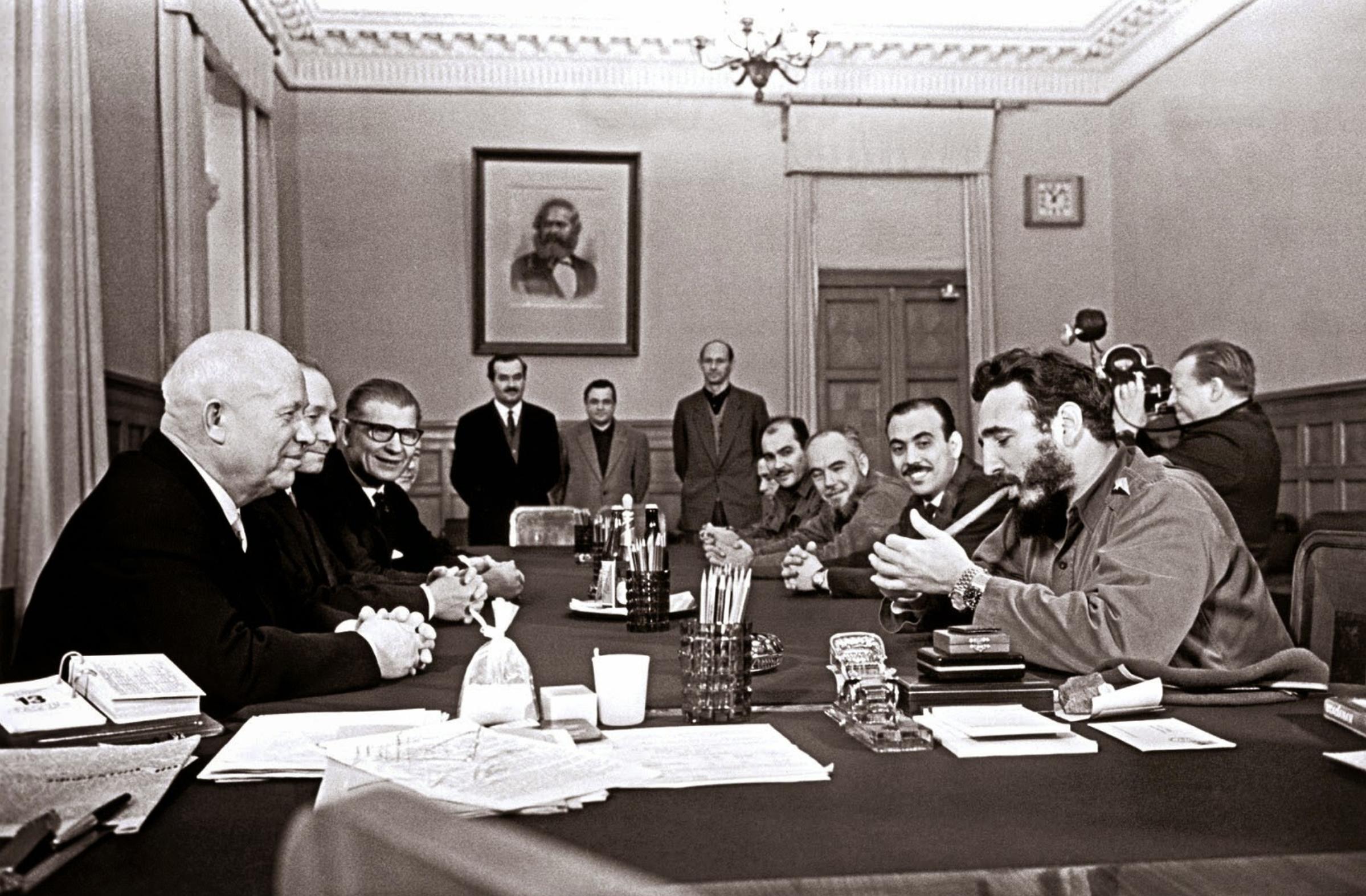The two are not connected, but you are trying to connect them. Absolute revenue will go down in a fee for service model of reimbursement. Number of patients treated will likely go up, which may or may not require more docs. Those are trends dictated by science/research and are better for patients. As previously posted here, Rad Onc doesn't have much to complain about in salaries based on the Doximity data.
The number of spots is a free market mess, related to desire to have a spot, and having enough patients to do it. It would be ideal to have control over a resources that tax payers partly fund, but it's not exclusive to Rad Onc or even the US.
Except there's way more variables in a complex condition like cancer and it's impossible to anticipate future demands. Not sure where the graph is from (not cited) but the decrease in CA in men would presumably be from decreased PSA screening. That's a detection issue, not an incidence issue. Also, advent of SBRT for mets will change the demand. How long will that trend last? No one knows but it's promising for oligo mets. IMO surgeons should be worried as their indications continue to constrict and they don't have a ton of new space to move. SBRT for Vtach? Looks incredibly promising and more centers are doing it. The only thing holding back that avalanche is a proper billing code.
There are patients, and there are patients. There are new patients per week, per year, what have you. And then there's the
real "number of patients treated" as you say, and that is the daily number under treatment. Again governed by a simple calculus, one which is not complex: number of new patients on average seen per week times average length of treatment in weeks. Ten years ago, when prostate treatments of 9 weeks and breast treatments of 6-7 weeks and palliative treatments of 2 weeks were de rigeur, the average number of weeks was 5. So if you saw 5 new patients a week you had 25 patients under treatment Now, breast is ~3 weeks, prostate ~6 weeks, palliative 0.2 weeks. (Whole brain RT is a vanishing animal, etc etc.) The average number of weeks is now likely 3.5; what was 25 patients/day is now ~17. So that alone right there means the number of new indications, and new patients, needs to be 20-40% more to offset that. It is not "impossible" to anticipate future demands. We can calculate the average planetary temperature 50 years into the future for Pete's sake.
Oligomets SABRing is apt to be a wash with no survival advantage; the advantage we state now is tendentious at best. V-tach SABRing could be great. I have argued it could be the field's salvation. A horrible outcome on this though could be cardiologists trying to take on SABR like the neurosurgeons tried to usurp radiosurgery or a "CardioRads" à la Urorads outcome.
So in summary future demands must be 20-40% increased to counteract the 20-40% decrease in historical demands. And as shown previously the radiation oncology net production rate is increasing and greater than
presently needed.
The incidence of cancer is steady or decreasing (and it's not just PSA screening changes,
as ironically the prostate cancer incidence and death rate is going up on account of this).
The U.S. population is in a steady state (maybe not with immigration?).
Theoretical life preservers like SABR are getting whacked in terms of reimbursement. And these salaries of which you speak. Would it be true that a radiation oncologist going into non-ACGME "fellowship" out of residency is the lowest paid of any specialist first year in practice of any specialty? And the radiation oncologist who can't get a job out of residency has got to be pretty low on the salary scale too.
Let's be honest and stop trying to slap veneers of truth over reasonable sounding piles of mendacity.

